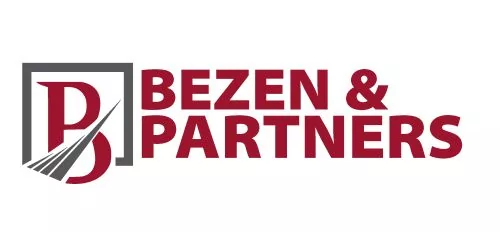The Ministry of Energy and Natural Resources (the "Ministry") has recently issued a regulation on mining activities, providing a more investor friendly landscape as part of the application of the Mining Law numbered 3213 compared to the abolished mining regulation (the "Abolished Regulation")1.
Investor-friendly landscape
The Abolished Regulation drew criticism as it imposed prohibitions on dividing mining rights and the mining licences, which has exceptionally been eased with the recently issued mining regulation (the "New Regulation")2. Pursuant to Article 7/4 of the New Regulation, licences obtained for mines such as lignite and hard coal and which are held by public institutions and organizations are now divisible upon the consent of the Ministry in case these will be utilised for power generation. Further, with a view to benefit from the mining sites in full capacity, further legislation3 is under discussion to authorise the Turkish Hard Coal Authority and Turkish Coal Enterprises with the right to divide the mining licences they hold, which can at the same time be subject to tender offers. This change is expected to allow the transfer of the inefficiently run large-scale mining sites to private entities following the division of the related licences.
The inability to divide the licences granted to large-scale mining sites led to: (i) an increase in the inactive sections of the mining sites which are too large to be operated by a single licence holder; and (ii) the access to a smaller pool of investors who are economically capable of managing large-scaled mining activities.
In compliance with the goals set by the Ministry in the Strategic Plan for the Period of 2015-2019,4 dividing the mining licences will be important in increasing the number of investors operating in a single mining site, reducing investment costs and providing for easier financing. Moreover, dividing the licences held by public institutions and organizations with the foregoing legislative proposal is expected to result in a decrease of the royalty agreements and an increase in privatisations by lowering entry-barriers currently in place due to the very large financial resources required for large-scale mines. Thus, we expect the New Regulation to provide a more investor-friendly landscape and access to a wider investor base in comparison to the Abolished Regulation by allowing the development of the power generation sector through mining operations as envisaged in the Strategic Plan referred to above.
Administration's Discretion
The New Regulation, just as the Abolished Regulation, retains the reference to the General Directorate of Mining Affairs' (the "Administration") discretion in the granting of operation licences. The absence of objective criteria for the exercise of this discretion by the Administration falls short of providing certainty in an already turbulent market. While the strategic importance of natural resources and the Administration's need to have strict control over mining sites cannot be disregarded, the absence of objective guidelines on the exercise of discretion by the Administration appears in conflict with the progressive approach shown in relation to other, more investor-friendly changes in the New Regulation.
Conclusion
The New Regulation attempts to tackle some of the inefficiencies in the mining sector through new mechanisms. However, there is still progress to be made on the New Regulation, particularly regarding the foreseeability needed in its implementation.
Footnotes
1. Published in the Official Gazette numbered 27751 and dated 6 November 2010.
2. Published in the Official Gazette numbered 30187 and dated 21 September 2017.
3. Issued on the date of 27 September 2017.
4. Published on the website of the Ministry, (www.enerji.gov.tr), which has been accessed on 1 November 2017.
The content of this article is intended to provide a general guide to the subject matter. Specialist advice should be sought about your specific circumstances.



